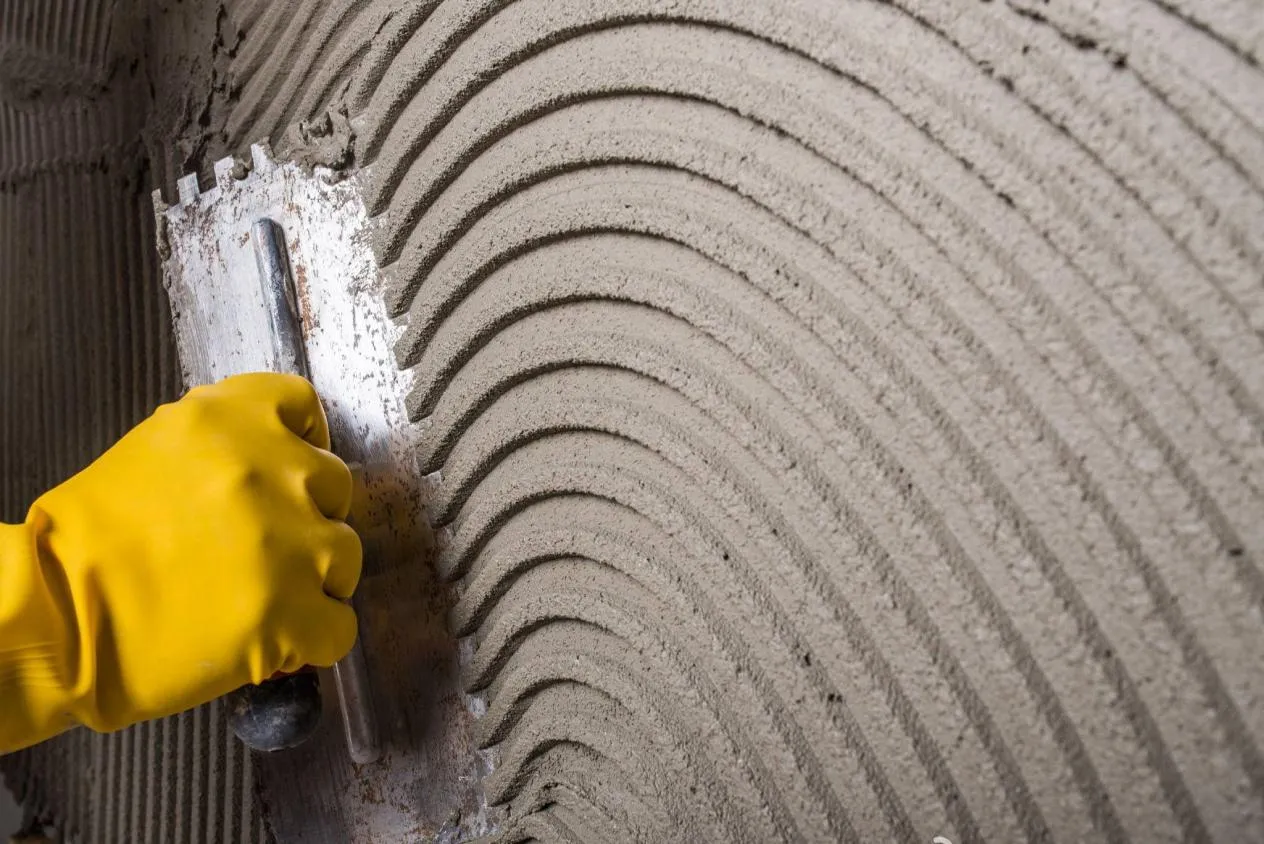
What Is VAE Redispersible Powder and Why It Matters
The term redispersible refers to polymer powders that, when mixed with water, re-form an emulsion with film-forming properties. In particular, vinyl acetate ethylene redispersible powder—also known as vas redispersible powder or vae rdp—is among the most widely used redispersible polymer types. These powders are typically spray-dried from emulsions and can seamlessly reconvert into a performance-binding polymer within dry-mix formulations .
VAE RDP (vinyl acetate ethylene redispersible polymer powder) is prized for a combination of strength, flexibility, water resistance, and adhesion. The ethylene component lowers glass transition temperature without plasticizers, enhancing toughness and hydrophobicity . When incorporated into cement, gypsum, or plaster mixes, vae redispersible powder dramatically improves workability, durability, and crack resistance . Often referred to more generally as redispersible polymer powder rdp or redispersible powder polymer, these additives are essential in modern construction formulations.
Suppliers offering redispersible latex powder suppliers, vae rdp, or rdp powder supply these versatile materials globally to manufacturers of tile adhesives, repair mortars, self-leveling compounds, and exterior insulation systems.

Market Outlook, Pricing and Uses of RDP
Market Share & Growth Dynamics
The global redispersible polymer powder market share is growing robustly. Forecasts estimate the market will expand from USD 1.61 billion in 2024 to USD 2.35 billion by 2029, growing at a CAGR of 7.8% . Another projection pegs the market at USD 2.04 billion in 2024, potentially reaching USD 3.18 billion by 2031 (CAGR ~6.5%) . Yet another source anticipates growth to USD 3.13 billion by 2032, at a slightly slower CAGR of 5.8% .
VAE-type powders dominate the market by value share among polymer types . Regionally, Asia-Pacific leads with the largest market share, buoyed by rapid urbanization, infrastructure expansion, and a strong push toward energy-efficient, green construction . Among applications, Exterior Insulation and Finish Systems (EIFS) lead by share (~30%), followed by tile adhesives (~25%) and dry-mix mortars (~20%).
Uses in Construction
Redispersible polymer powder uses span:
Tile adhesives & grouts: Enhances bond strength, flexibility, and water resistance.
Mortars & renders: Improves adhesion, reduces shrinkage and cracking, increases durability and workability.
EIFS / insulation systems: Critical in external thermal insulation composite systems for film formation, crack bridging, and surface durability.
Self-leveling compounds: Enables smoother application and leveling action in flooring systems.
Specifically, vinyl acetate ethylene redispersible powder improves water retention for better curing, increases flexibility to resist stress-induced cracking, and strengthens adhesion across diverse substrates.
Pricing: RDP Powder Price
Exact rdp powder price figures are often confidential and vary by supplier, region, and volume. Prices are influenced by raw material trends (notably ethylene, naphtha derivatives), production costs, and transportation. Price volatility in such feedstocks can affect final costs .
Trade Classification: HS Code
For trade and regulatory purposes, the redispersible polymer powder HS code typically falls under headings related to polymer preparations within HS chapters like 3900-3926—or 3912 if associated with modified cellulose derivatives. However, the precise code depends on national customs classification systems and the polymer formulation itself. Exporters are advised to consult local customs databases for the correct HS code to ensure smooth import/export compliance.

निष्कर्ष
From redispersible latex powder suppliers to filmmakers, the redispersible polymer powder universe—especially vae redispersible powder—serves as the backbone of modern, high-performance construction formulations. Its benefits in adhesion, flexibility, and durability underpin widely used applications like tile adhesives, mortars, renders, and insulation systems.
With a market poised between USD 2–3 billion and growing rapidly—particularly in Asia-Pacific—vae RDP maintains leadership in value share. The market's future thrives on urban growth, eco-friendly building trends, and requirement for energy-efficient construction materials.
While rdp powder price depends on raw-material costs and supplier logistics, the return on performance remains compelling. For plastics regulators and traders, proper classification using the redispersible polymer powder HS code is essential to avoid customs issues and ensure regulatory alignment.
FAQs
FAQ 1 – What distinguishes “redispersible” from “redispersible polymer” or “vae rdp”?
Answer:
Redispersible refers broadly to powders that re-form an emulsion when mixed with water. Redispersible polymer or redispersible polymer powder rdp are more specific, referencing polymer-based powders. VAE RDP highlights the vinyl acetate–ethylene polymer chemistry behind the redispersible powder.
FAQ 2 – Why is vinyl acetate ethylene redispersible powder prevalent in construction?
Answer:
Because VAE RDP offers a unique balance of flexibility, adhesion, water resistance, and low VOC impact—thanks to ethylene lowering the Tg without plasticizers—it excels in tile adhesives, mortars, renders, and EIFS.
FAQ 3 – What is the current redispersible polymer powder market share and growth outlook?
Answer:
The global redispersible polymer powder market is estimated at USD 1.6–2.0 billion in 2024, projected to grow to USD 2.3–3.2 billion by 2030–2032. Growth rates range from 5.5% to 7.8% CAGR, with VAE-type powders holding the largest value share.
FAQ 4 – What are the primary redispersible polymer powder uses in construction today?
Answer:
These powders are used in tile adhesives/grouts, mortars and plasters, EIFS/insulation systems, and self-leveling underlayments—all benefiting from improved adhesion, flexibility, crack resistance, and workability.
FAQ 5 – Where can I find the redispersible polymer powder HS code, and what is the typical range?
Answer:
While general HS headings include chapters 3900–3926, or 3912 for modified cellulose, the exact redispersible polymer powder HS code depends on chemical composition and packaging. Exporters should consult their national customs or trade databases for accurate classification.
-
Hydroxypropyl Starch as a Sustainable Construction AdditiveNewsNov.24,2025
-
The Gelation Properties of CMCNewsNov.21,2025
-
Redispersible Latex Powder and Water Retention CapacityNewsNov.21,2025
-
Dosage Control for Polycarboxylate Water ReducerNewsNov.21,2025
-
Film-Forming Properties of Polyvinyl AlcoholNewsNov.21,2025
-
The Function of Gypsum Additives in MortarNewsNov.21,2025





















